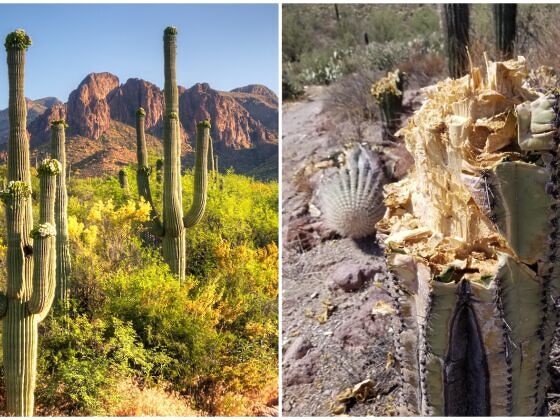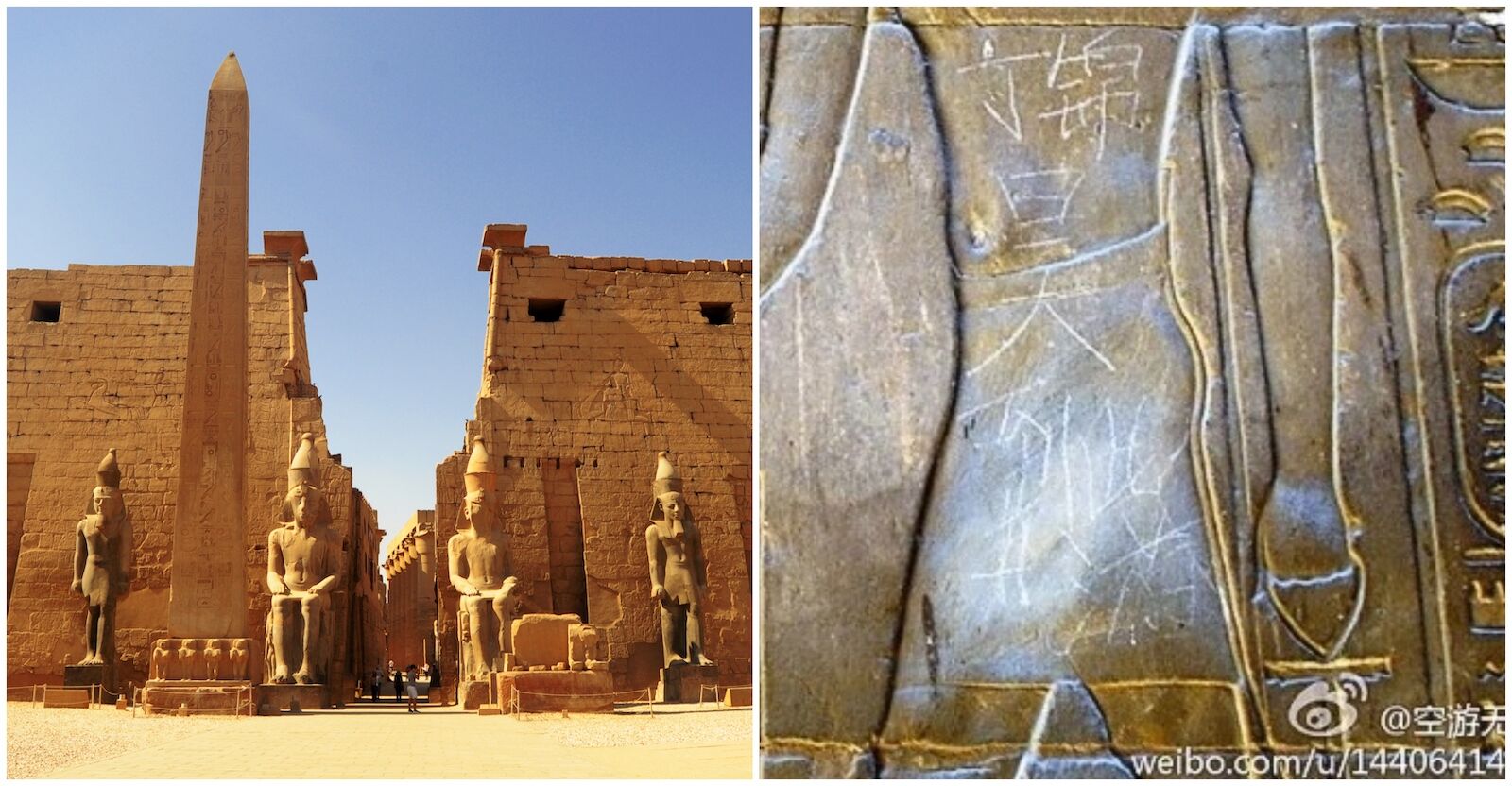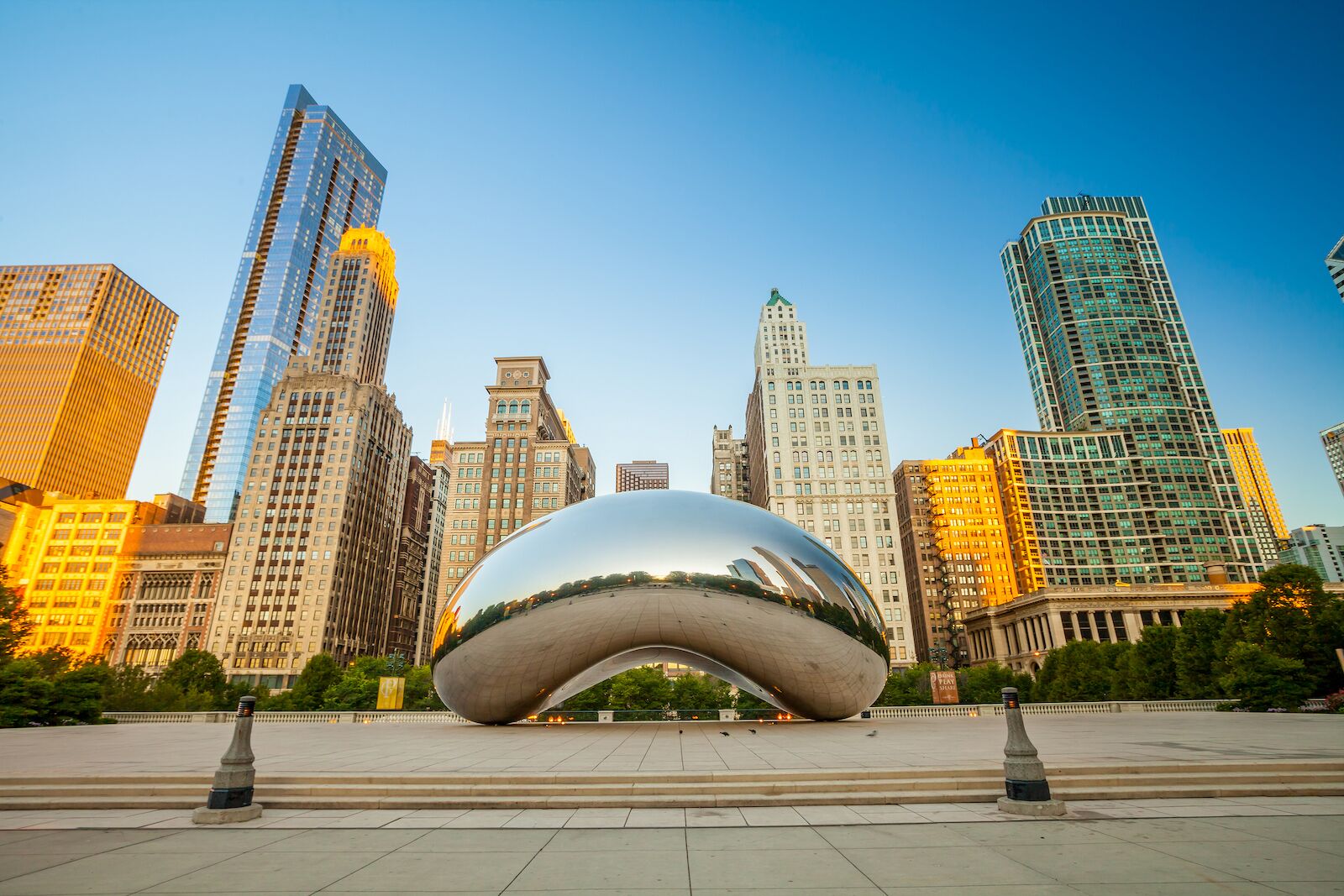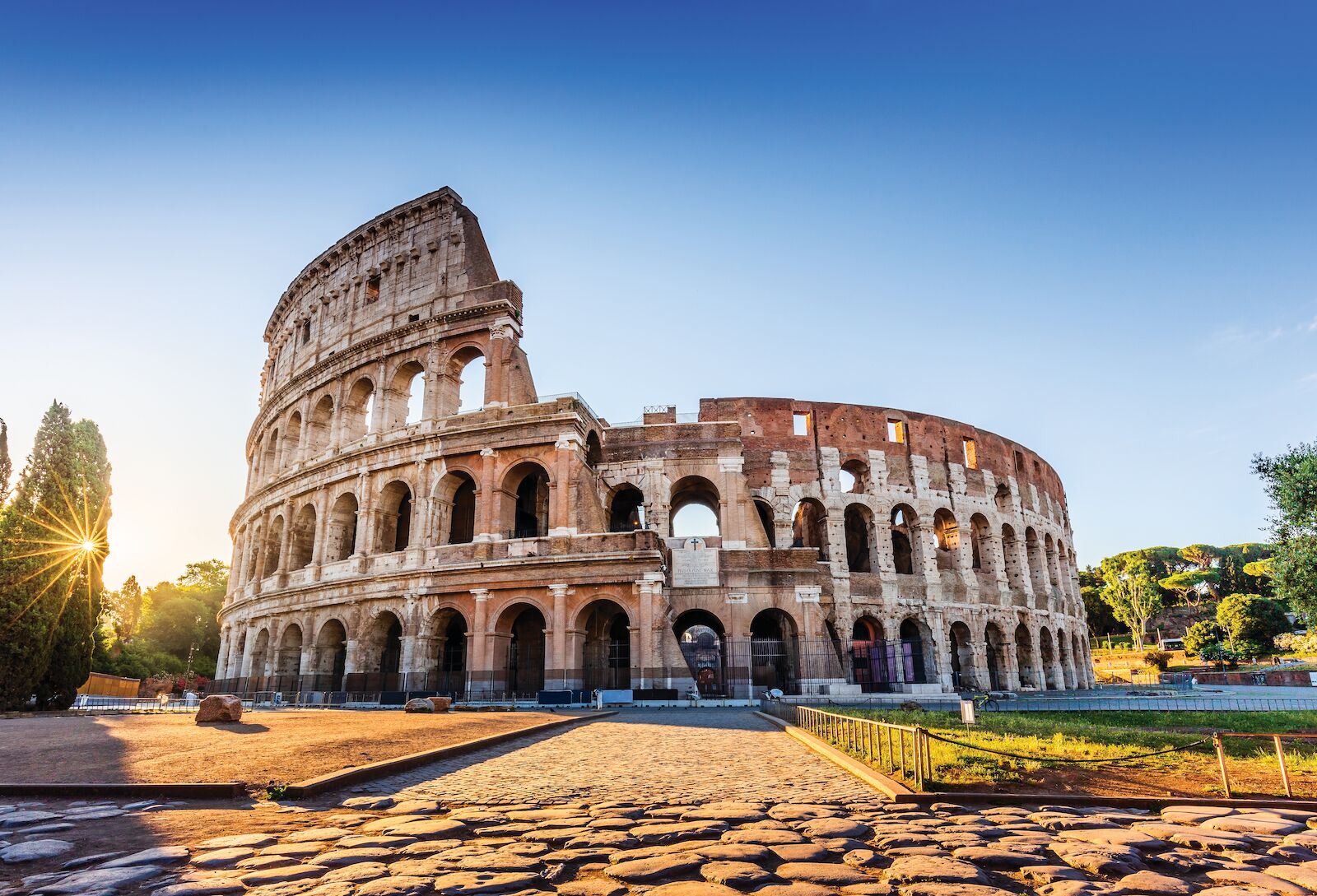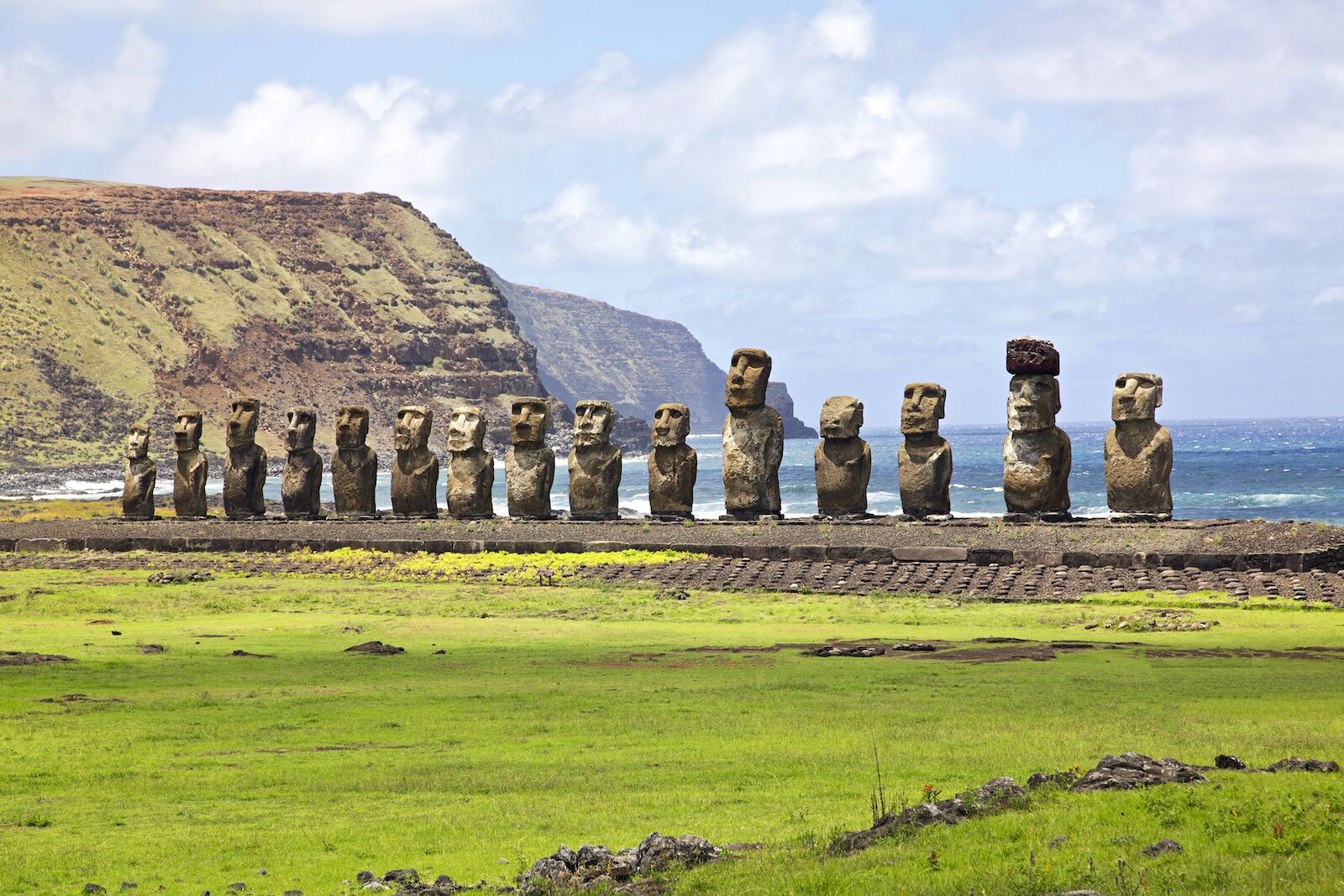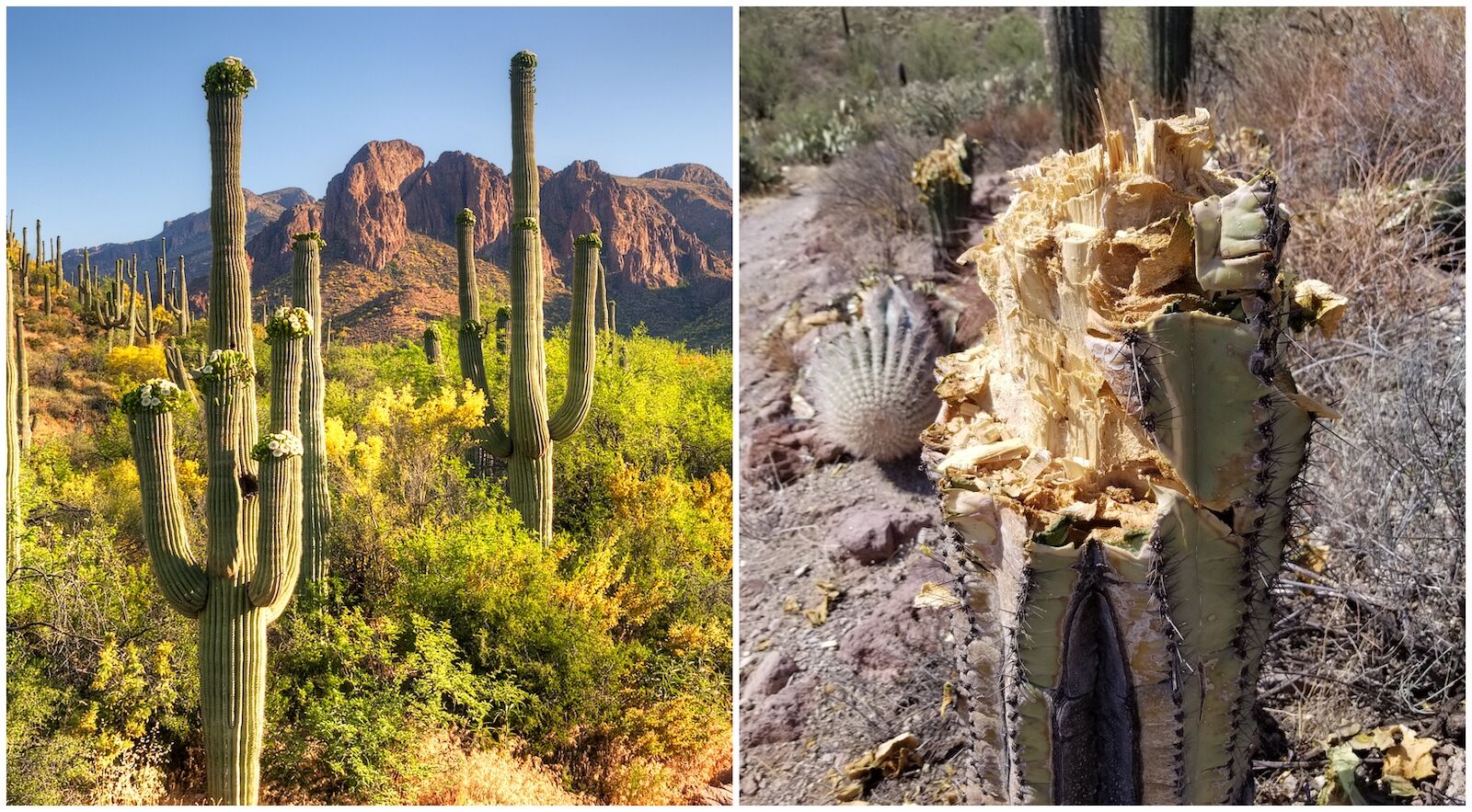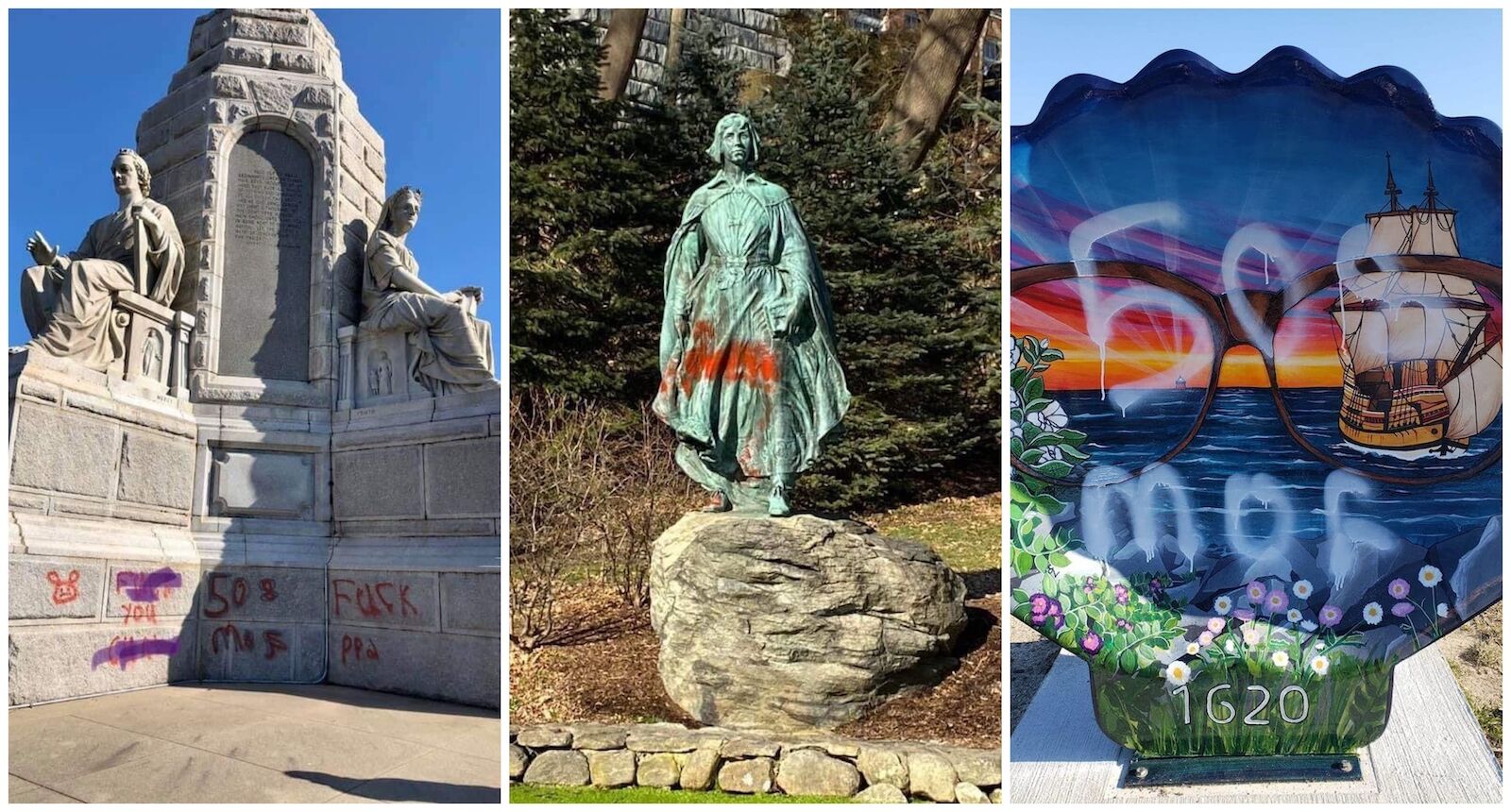The day after Christmas 2021, vandals defaced some of North America’s oldest surviving rock art in Big Bend National Park. The perpetrators scratched their names and the date of their visit across the petroglyph created thousands of years ago, permanently damaging a piece of history.
Unfortunately, vandalizing natural and cultural landmarks is neither new nor rare. Tourists from just about everywhere have been caught damaging some of the most beautiful monuments and natural areas in the world. Here are seven cringe-worthy examples of tourists defacing natural and cultural landmarks.
